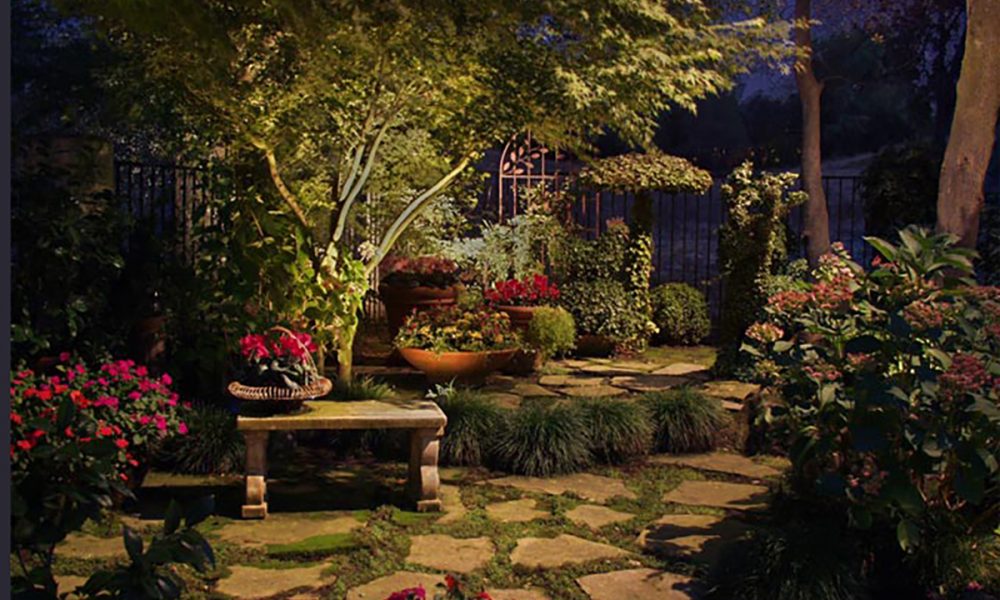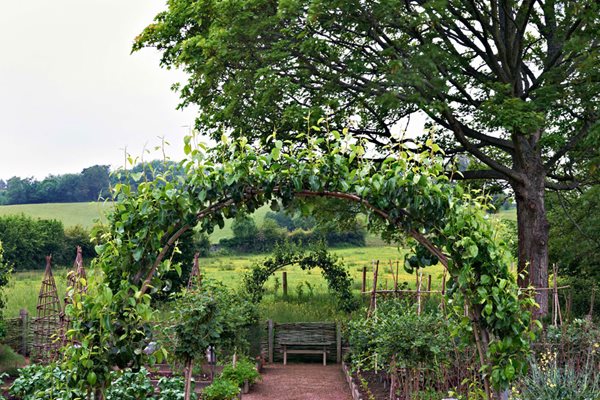Edible Gardens That Flourish: Design Secrets for Maximum Harvest

When it comes to edible gardens, it’s not just about what you grow—it’s how you design, plan, and maintain it that makes all the difference. Creating a thriving edible garden is an art that blends nature’s bounty with clever design techniques. Whether you have a sprawling backyard or a cozy balcony, the principles of creating a productive, beautiful, and sustainable garden remain the same. Ready to grow your dream garden? Let’s dive in!
The Art of Edible Garden Design: More Than Just Food
A flourishing garden is more than a source of food—it’s a place of beauty, peace, and sustainability. The design secrets below will help you combine function with beauty and make sure your garden doesn’t just grow food, but also adds charm to your surroundings.
Blending Aesthetics and Productivity
- Colorful Edibles for Visual Appeal: Why settle for green when you can have purple carrots, vibrant Swiss chard, or golden beets? Integrate colorful vegetables into your garden layout for a vibrant, visually stimulating edible landscape.
- From Herb Borders to Fruit Trees: Edible landscaping means incorporating both edible plants and ornamental features. Think of lavender, rosemary, or even edible flowers like nasturtiums to enhance your garden’s appeal.
Understanding Microclimates for Strategic Planting
Not every part of your garden receives the same light, so use that to your advantage!
- Full Sun vs. Shade: Know which plants love the sun and which thrive in the shade. Sun-loving tomatoes and peppers belong in the brightest corners, while leafy greens like spinach and lettuce appreciate some afternoon shade.
- Vertical Gardening: If you’re short on space, maximize your harvest by growing vertically! Trellises and hanging baskets are perfect for cucumbers, peas, and strawberries.
Soil: The Secret Sauce for a Thriving Garden
If your soil’s healthy, your plants will be happy. Good soil isn’t just about digging and planting—it’s about creating the right environment for your plants to thrive.
Soil Testing & Preparation: Know Your Dirt

Before planting, test your soil. You can buy a soil test kit or have your local garden center test it for you. Knowing whether your soil is acidic or alkaline can help you choose the right plants.
Amending Your Soil for Peak Performance
- Composting Magic: Add compost to your garden to enrich the soil with nutrients and improve texture. It’s like giving your plants a nutrient-packed meal every day!
- Mulch for Moisture: A thick layer of mulch conserves water, prevents weeds, and keeps your soil cool during hot months.
Crop Rotation & Natural Fertility
Avoid planting the same crops in the same spot year after year. Rotate your plants to keep soil diseases at bay and ensure balanced nutrient levels.
Choosing the Right Plants for Maximum Harvest
When choosing plants, think about the amount of space you have, the climate you’re in, and the time you can dedicate to your garden. A flourishing edible garden is about making the right choices to maximize productivity while minimizing effort.
Regional and Seasonal Considerations
- Know Your Growing Zone: Be sure to select plants suited to your USDA Hardiness Zone. This will ensure that your plants grow well in your specific climate.
- Seasonal Selection: Don’t just plant for the current season—think ahead! Winter squash, beans, and root vegetables can be sown to harvest when summer crops wind down.
Space-Saving High-Yield Crops
- Leafy Greens and Herbs: Crops like kale, spinach, and Swiss chard are fast growers, space-efficient, and can even be harvested multiple times.
- Perennials for Long-Term Harvests: Crops like rhubarb and asparagus come back year after year, giving you a steady yield with minimal effort.
- Compact Fruits: Smaller fruiting plants like dwarf apple trees or strawberries can be grown in containers or hanging baskets, perfect for tight spaces.
Watering Wisely: Efficient Techniques for Thriving Plants
Watering your garden can be tricky—too much, and you drown your plants; too little, and they wither. Here’s how to strike the perfect balance.
Smart Irrigation Techniques
- Drip Irrigation: Drip irrigation delivers water directly to the roots, saving water while preventing leaves from getting soaked. It’s a low-maintenance solution that ensures water goes where it’s needed most.
- Rainwater Harvesting: Collect rainwater from your roof with a barrel. It’s free, eco-friendly, and perfect for watering your garden without increasing your water bill.
Water Conservation Tips
- Hydrozoning: Group plants by their water needs. Those requiring more moisture should be together, while drought-tolerant plants can thrive in a separate zone.
- Mulching for Moisture Retention: A layer of mulch not only reduces weeds but also helps keep the moisture in the soil, preventing evaporation.
Natural Pest Control: Protecting Your Garden Organically
Pests and diseases are a garden’s worst enemies, but fear not! There are plenty of organic methods to keep them at bay without resorting to harmful chemicals.
Encourage Beneficial Insects
- Ladybugs, Bees, and More: Invite natural predators into your garden. Ladybugs eat aphids, and bees help pollinate your plants. Consider planting flowers that attract these beneficial insects.
- Homemade Organic Sprays: Use garlic, neem oil, or diatomaceous earth as natural remedies to fight pests.
Disease Prevention Through Good Practices
- Proper Spacing and Airflow: Overcrowded plants invite fungal diseases. Ensure your plants have enough space to breathe, and avoid watering from above to prevent mildew.
- Crop Rotation: Rotate your crops every year to prevent soil-borne diseases from becoming a recurring issue.
Harvesting and Preserving Your Bounty
Once your garden flourishes, it’s time to enjoy the fruits (and vegetables!) of your labor. Proper harvesting and preserving techniques ensure you have fresh produce year-round.
When to Harvest for Maximum Flavor
- Pick at Peak Ripeness: For the best flavor and nutrients, harvest your crops at their peak. For instance, tomatoes should be picked when fully red, and leafy greens should be harvested young for tenderness.
Preserving Your Harvest
- Canning and Freezing: Extend the life of your produce with canning or freezing methods. Tomatoes can be preserved into sauces, and berries make wonderful jams.
- Drying Herbs: Preserve herbs by drying them in a warm, dark area. Store them in airtight containers for year-round use in your cooking.
Creating a Self-Sustaining Edible Garden
A truly flourishing edible garden is one that can sustain itself. Here’s how you can set up your garden to work with nature, not against it.
Propagate and Save Seeds
- Save Your Own Seeds: Instead of buying new seeds every year, save the seeds from your best plants and grow them the following season.
- Cloning Through Cuttings: For certain plants, you can take cuttings to create new plants, increasing your harvest without having to start from scratch each year.
Incorporate Animals for Extra Support
- Chickens for Pest Control and Fertilization: Chickens love to snack on pests, and their droppings are excellent for enriching your soil. They can even help with turning compost.
Conclusion: Growing Your Dream Edible Garden
Designing an edible garden that flourishes is about more than just planting—it’s about creating a balanced, sustainable system that works with nature. By choosing the right plants, using efficient watering techniques, and encouraging natural pest control, you can cultivate a garden that provides beauty, food, and joy all year round.


